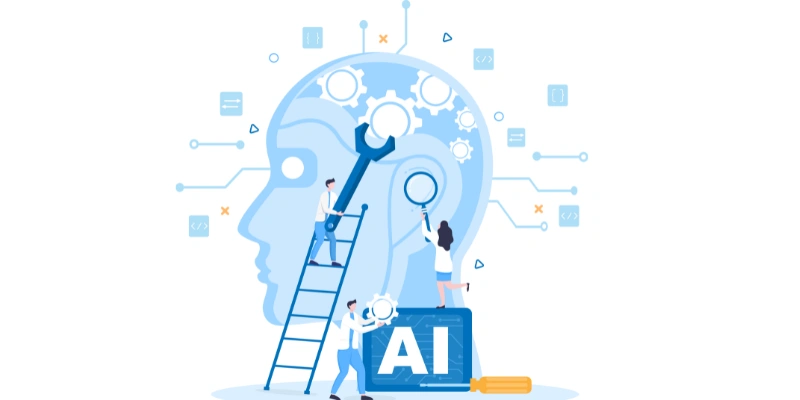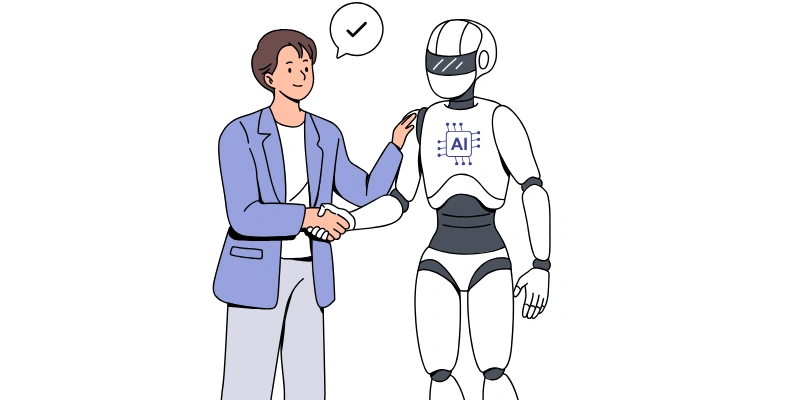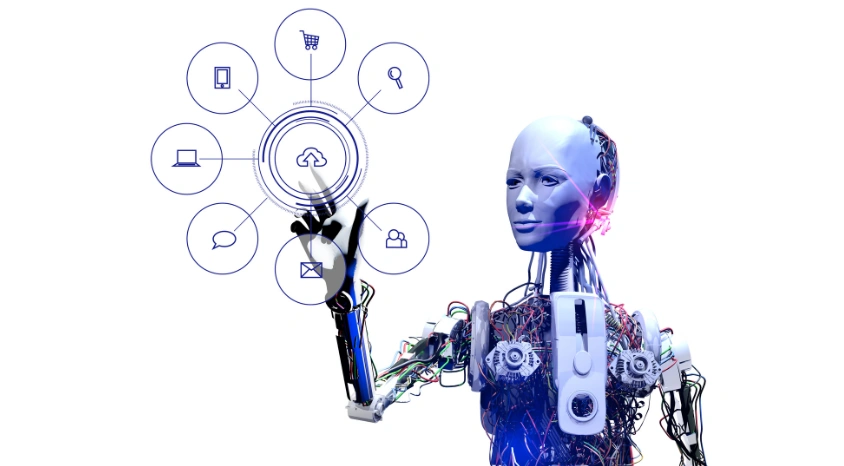AI is modifying retail in ways we couldn’t have imagined a few years ago. Changes from how stores are run to the jobs people do. But what exactly is the AI Impact on Retail Workforce? Let us keep our finger on the pulse as to what is happening and how it is affecting job roles in this type of industry.
The Evolution of AI in Retail

AI has been around in retail longer than you might think. In the early days, it started with simple data analysis and forecasting tools. But fast forward to now, and we have intelligent algorithms that can predict trends, manage inventory, and even interact with customers.
Retail tech has taken off. We’re seeing AI tools that are so advanced, they can manage complex tasks like supply chain logistics, customer behavior analysis, and more. It’s wild how quickly this tech is becoming a game-changer for retailers.
The AI Impact on Retail Workforce

So, what does all this mean for the people working in retail? AI is both replacing some jobs and making others better. Routine tasks like stocking shelves or checking inventory are being automated. But at the same time, AI is creating new opportunities. For example, retail workers are now expected to work with these AI systems and use data in their day-to-day jobs.
The skill sets needed are shifting. Retail employees now need to be more tech-savvy, learning how to operate AI systems and make decisions based on the insights these tools provide. It’s not about getting rid of workers but rather changing what their jobs look like.
AI is also stepping in when it comes to training employees. Instead of just learning from a manual or senior co-worker, staff can now use AI-powered training programs. These tools can help them learn faster and stay up-to-date on the latest retail trends and technologies.
Changing Job Roles in the Age of AI
With AI taking over many routine tasks, the day-to-day roles of retail workers are changing. Instead of spending time on repetitive tasks, employees can focus on more customer-focused activities or strategic work. For instance, AI can handle things like inventory management, allowing workers to spend more time helping customers and personalising their shopping experiences.
AI has also led to the creation of new roles. Jobs like data analysts, AI specialists, and tech-savvy salespeople are now popping up in retail. These roles are designed to work alongside AI, helping companies make the most of the technology.
Customer service is another area where AI is making a vast impact. With AI handling things like chatbots and virtual assistants, retail workers can focus more on complex customer needs, delivering a more personalised experience.
Challenges and Opportunities in an AI-Driven Retail Workforce
Of course, AI in retail isn’t all smooth sailing. There are some real challenges, especially in terms of the ethical side of things. As AI continues to grow, there are concerns about privacy, data security, and how it might impact jobs. But on the flip side, AI also opens the door to a lot of opportunities. It’s creating jobs that didn’t exist before and helping retailers work smarter, not harder.
For businesses, adapting to this AI-driven world can feel overwhelming, but it doesn’t have to be. By embracing AI and offering their workforce the right tools and training, retailers can not only survive but thrive in this new landscape.
In Summary
AI is changing the retail workforce in some drastic ways. While it might be replacing some tasks, it’s also opening up new opportunities for workers and making retail more efficient. Looking ahead, it is clear that AI will continue to shape how people work in retail, bringing both challenges and exciting possibilities. Retailers who embrace these changes will be in the best position to succeed going forward.



